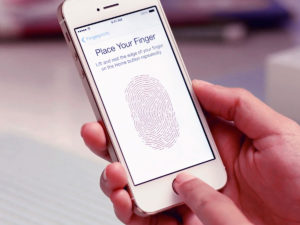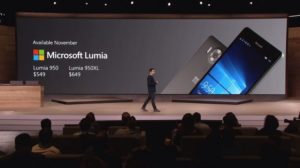Yes what is this ‘flagship phone’ manufacturers keep referring to? “The most expensive device brought out by a company during a given year”, is the predictable response. In fact, many in Barbados and the rest of the world may be confused by the question initially, having never heard of the term in a daily setting. Whenever Samsung releases a Galaxy S device, one glance at the price of the phone brings us to the conclusion whether or not its Samsung’s new ‘big’ phone. We must then look back on the origins of the word, to gain a greater understanding to the significance of this label in this technology driven era.
The word “flagship” is defined on the Merriam-Webster website as ‘the finest, largest, or most important one of a series, network, or chain.’ If we get more specific, the term was originally used in the navy, to point out the most important vessel, of which the commander of the fleet was based from. After seeing this, it’s not hard to imagine why the term found its way so easily into the consumer market. It provokes a sense of importance and exclusivity when trying to market a brand. It is that exclusivity that brings notable features and builds quality to the main device, while other products are left in its shadow.
Features
It is not unfathomable to say that features sell the brand for most consumers these days. Sure, a lot of Barbadians are guilty of purchasing devices that are meant to just “wuk” for a specific period of time until a better product comes along, however more often than not they look for the special features that distinguish brands from one another. It is true that the looks of a device will readily catch our eye; but it is certain, when we realize the given features are lacking, or they are “last year” features, our interest is quickly lost. That is not to say we can’t make do with ‘basic’ cellphones by today’s standards. After all, once the phone is capable of making phone calls and “whatsapping” our acquaintances, we can usually live comfortably. We, however, are not satisfied with just being comfortable. Luxury is our aim in life, and smart-phone manufacturers know this all too well.
The features in flagship phones are designed to appeal to our senses and belief in what we see as “trendy”. The fingerprint scanner system in current Apple phones (Touch ID), makes us feel “big up” in the niche market of a person who no longer has to use a password or swipe a pattern to unlock his or her device. A simple tap of a finger and all is accessible to us. The Galaxy S7 with its AMOLED (Active Matrix OLED) screen, makes videos and pictures pop, therefore creating a visually appealing experience for its users. Since these sought after features by consumers are not readily available with other brands, it places Apple and Samsung, respectively, in a comfortable position to drive sales. The money from sales then goes on to drive research and development (better known as R&D), and in turn R&D drives advancement in new technology and features, thus, the cycle continues.
Food for thought
It is this cycle that is important to consumers (in the end). Flagships are used to drive sales for all products produced by the given manufacturer, from the top tier to the more budget-oriented products. It is because of the existence of flagship phones however, we come to expect specific things from other brands when it comes to their top tier devices. It is worth noting, that in the year 2015, Microsoft Mobile (the phone division of Microsoft Corporation), released two flagships, to little fanfare. The Lumia 950 and the 950 XL gained little traction with consumers, why you may ask? Features and build designs were long outdated- it simply did not look or feel like flagship product of 2015. Flagships are supposed to stand out, in both looks and feel. Words like “premium” and “high-end” should always be used in the conversation when discussing such a product.
With that notion, not only is it up to the phone makers to tell us what is and is not a flagship device, but also the consumers who dictate when the label should be used. If we are not impressed with the phone or the features are outdated in our eyes, our interests will go elsewhere. In the end, a flagship phone is there to create the buzz, and we as consumers are there to determine how far that buzz is taken.